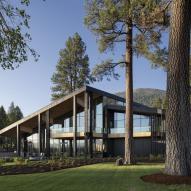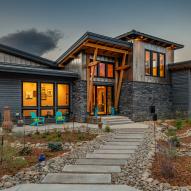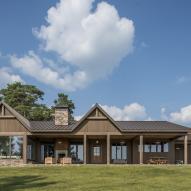How to Choose an Exterior Siding Color
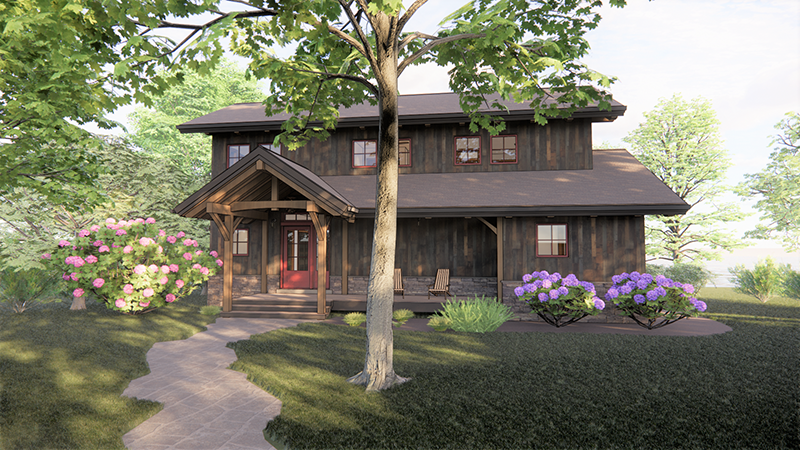
Kyle Barber, RA, is the head of New Energy Works east coast design department. Years in residential and commercial architecture, with a concentration in sustainable design + building practices, has given him a penchant for using natural materials. We had a chance to get his take on tips for choosing siding colors, working with a natural pallet, and his biggest exterior pet-peeve.
“We’re seeing the exteriors follow the interiors in terms of trends. For houses this means a pull-away from the high-contrast that has been favored over the last few years. Fewer stark black windows with white siding,” explains Barber. “What’s nice about Pioneer Millwork’s 2024 exterior colors is that they have two darks and two lights that clients can use to play in the space of black or white while maintaining a more muted contrast.”
The natural world, and a desire for more traditional design, Barber explains, is the reason for the pull from Modern Farmhouse’s typical contrasting palette. “You don’t find a pure white in nature, nor a pure black. Any earth tone, beige in particular, can take what might be a white base but with additional tones and blend that with the surrounding nature. It helps people subconsciously consider it part of the landscape, like it fits.”
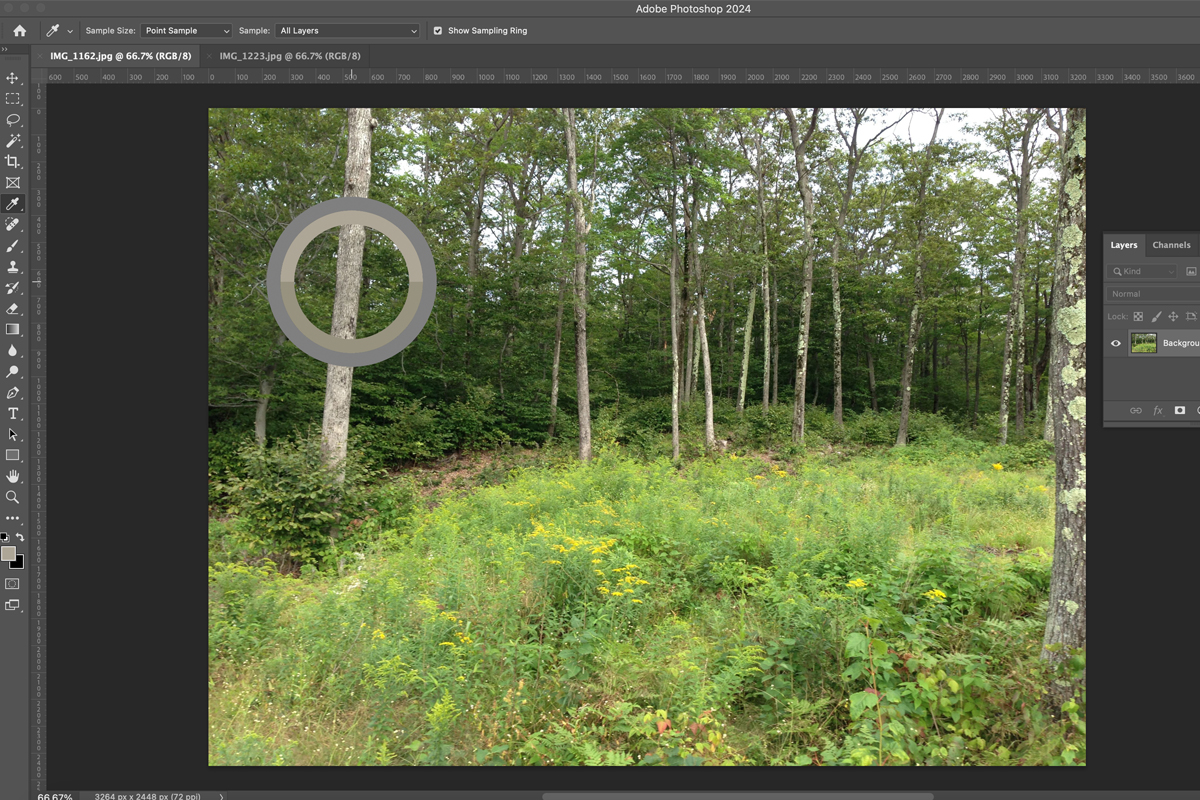
And that is Barber’s number one tip for choosing an exterior color for your new build or remodel.
“Take a picture of your site, or the area surrounding your home, and bring it into a photo editing program. Take the eyedropper tool and choose some colors from the natural materials around your site. Then look for siding colors that fit in that hue. It doesn’t have to be exact, but being in the spectrum of the natural colors that surround your home will ground it to the site,” says Barber.
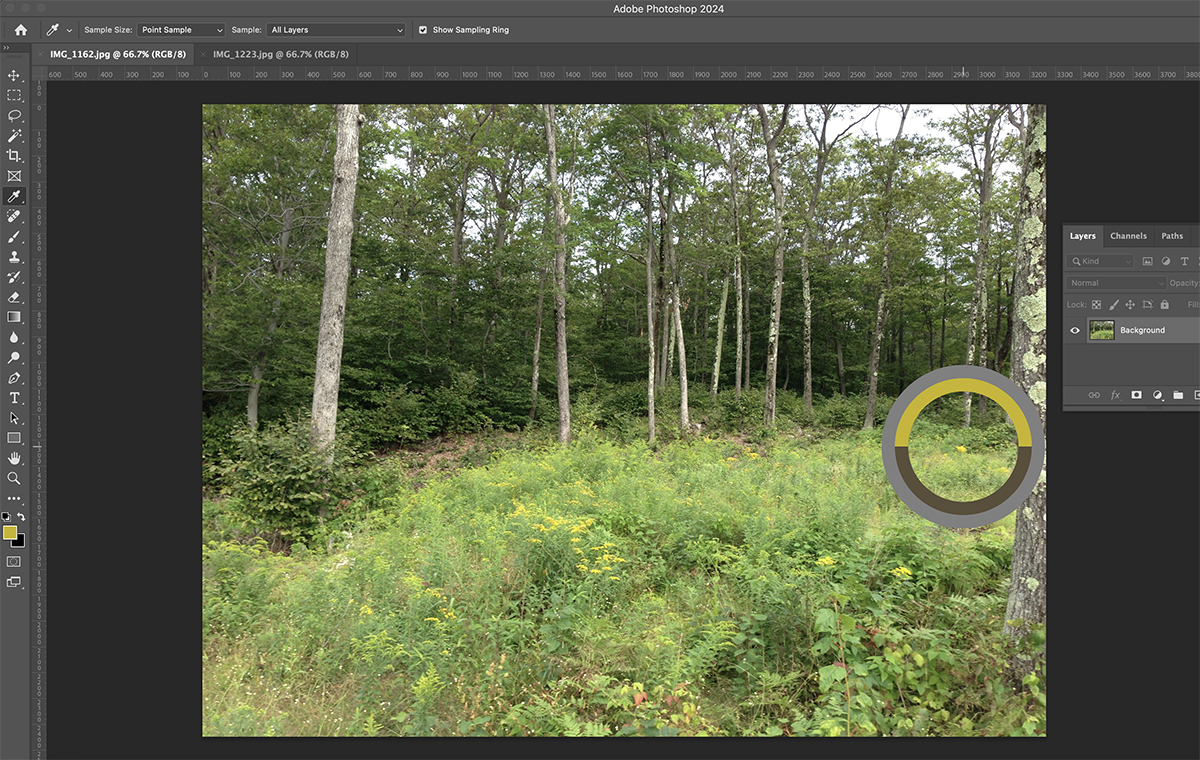
"If you don’t have access to a photo editing tool, you can use a free tool like Image Color Picker or bring a printed copy of your photo with you while you look at material samples/colors. Most people think all sites have the same tones (green trees, brown dirt), but you’d be surprised what tones you can pull out if you look at it pixel by pixel. You process those subconsciously, but its tough to know just by looking at a photo."
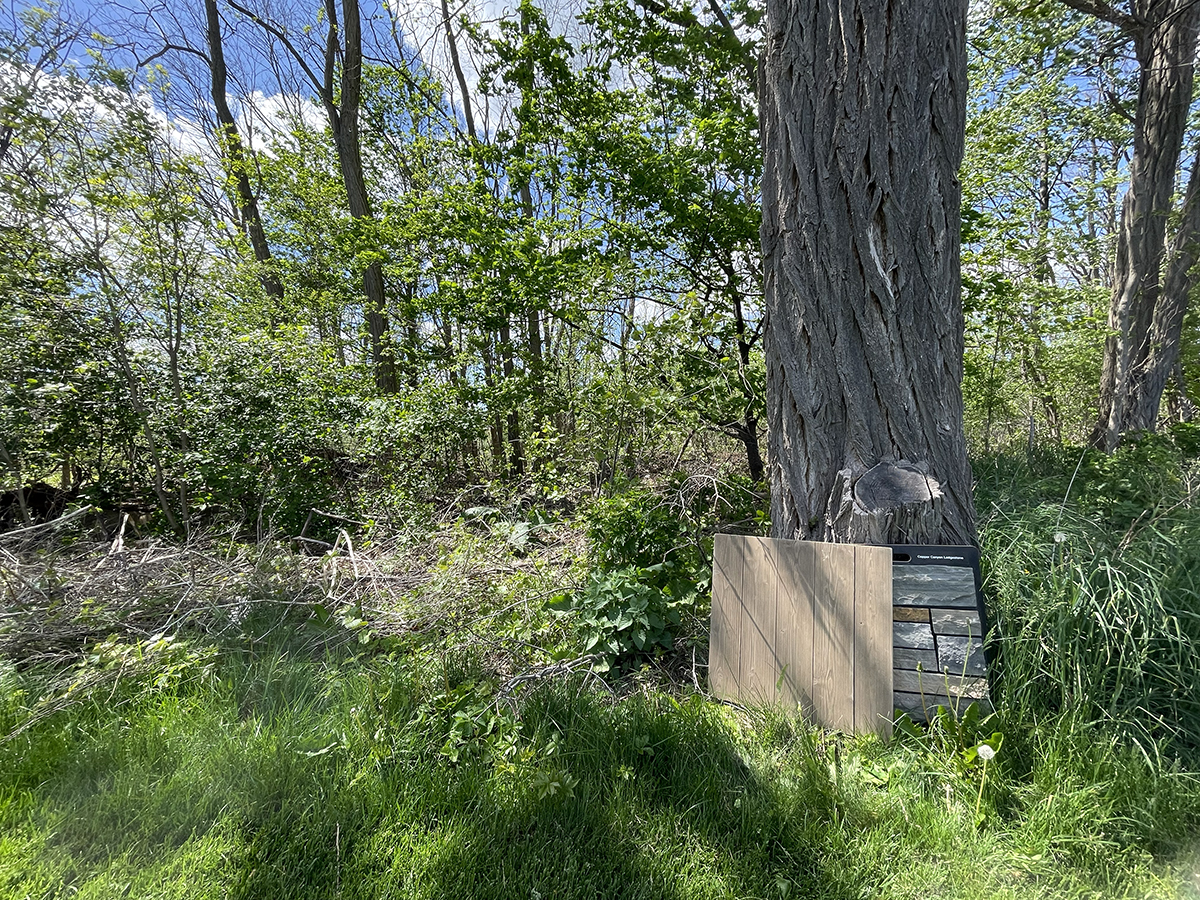
“And then take your siding samples out to your site and observe then in the light. View them at 30ft and in a group. Bring some of your other materials – stone or windows or other wood accents, and view them as a whole. You’ll have to use your imagination a bit, but this will give you a more realistic view of the materials you’re choosing.”
“Another trick to choosing siding colors is to look at the other materials you’re using. “When you’re mixing materials look at the base color of those things. Then you can choose a complimentary color for a contrast – if you have a blue-based stone for example you can choose a siding color with an orange undertone. Or you can choose to stick within the warm vs cool family, with your blue stone you could choose a siding color that has a green or blue base,” suggest Barber.
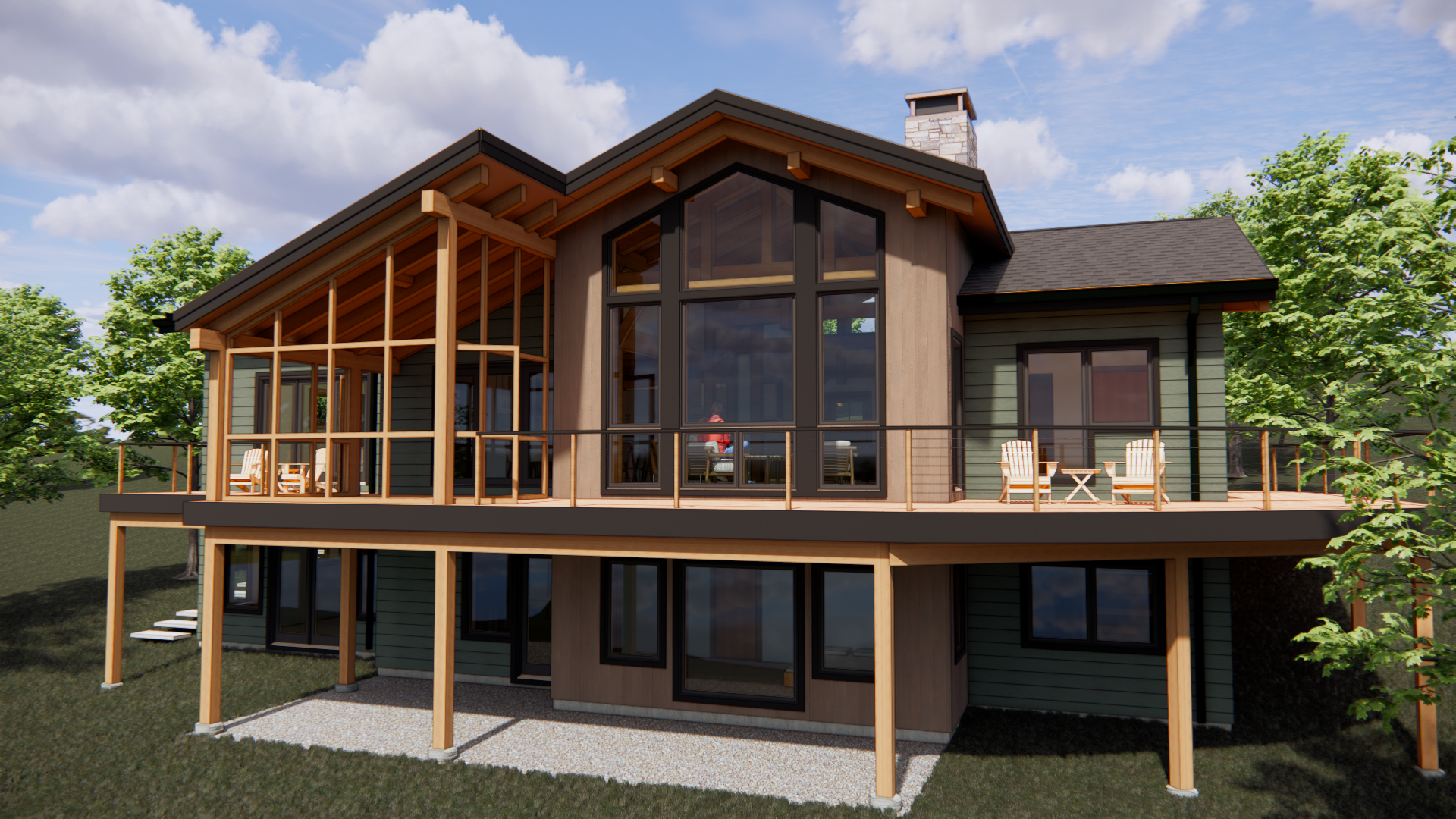
With the 2024 beige line-up of Exterior Wood Siding colors from Pioneer Millworks, designers, builders, and homeowners have new neutrals to select from. “Clay and Fawn are my favorites,” says Barber. “They are a good transition away from the white aesthetic that has been popular, but they add sophistication with a slight warmer brown. They remind me of weathered wood in their tone, but without the uncontrolled color and texture patterns that happen with exposed wood. Fawn & Clay give you that hue, but with a uniform color.”
And when you’re choosing your exterior materials/colors, Barber’s biggest tip prevents a pet-peeve. “When reasonably feasible, end your materials on an inside corner. This helps a structure or space keep its mass,” shared Barber. “When you’re wrapping a corner going into a jog, either continue the material/color to the inside corner or carry it a few feet and then transition out. This way the building stays 3-dimentional—don't build like it's a 2D drawing. We build in 3D."


